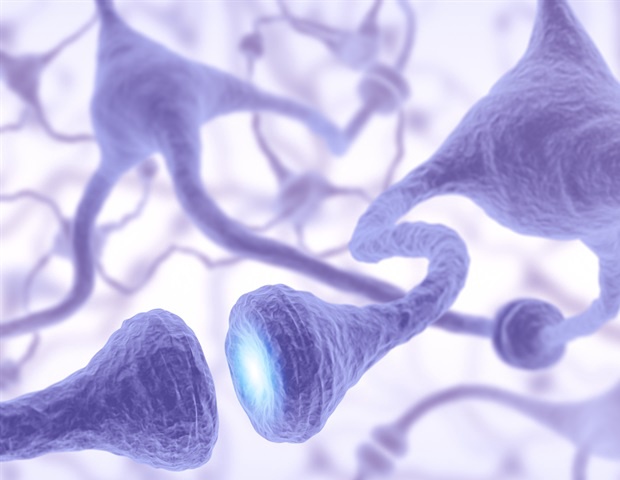Overview
- The innovative nanotherapy targets misfolded amyloid-beta proteins, preventing their aggregation into toxic structures that damage neurons.
- Laboratory tests demonstrated significant survival benefits for human neurons exposed to disease-causing proteins when treated with the nanofibers.
- The treatment utilizes peptide amphiphiles coated with trehalose, a natural sugar, to create dynamic fibers that bind and neutralize harmful proteins.
- The study, published in the Journal of the American Chemical Society, marks a key milestone in advancing nanomaterial-based therapies for Alzheimer’s and ALS.
- Researchers are now focused on expanded preclinical studies and exploring combinations with other therapies to address later-stage symptoms.

